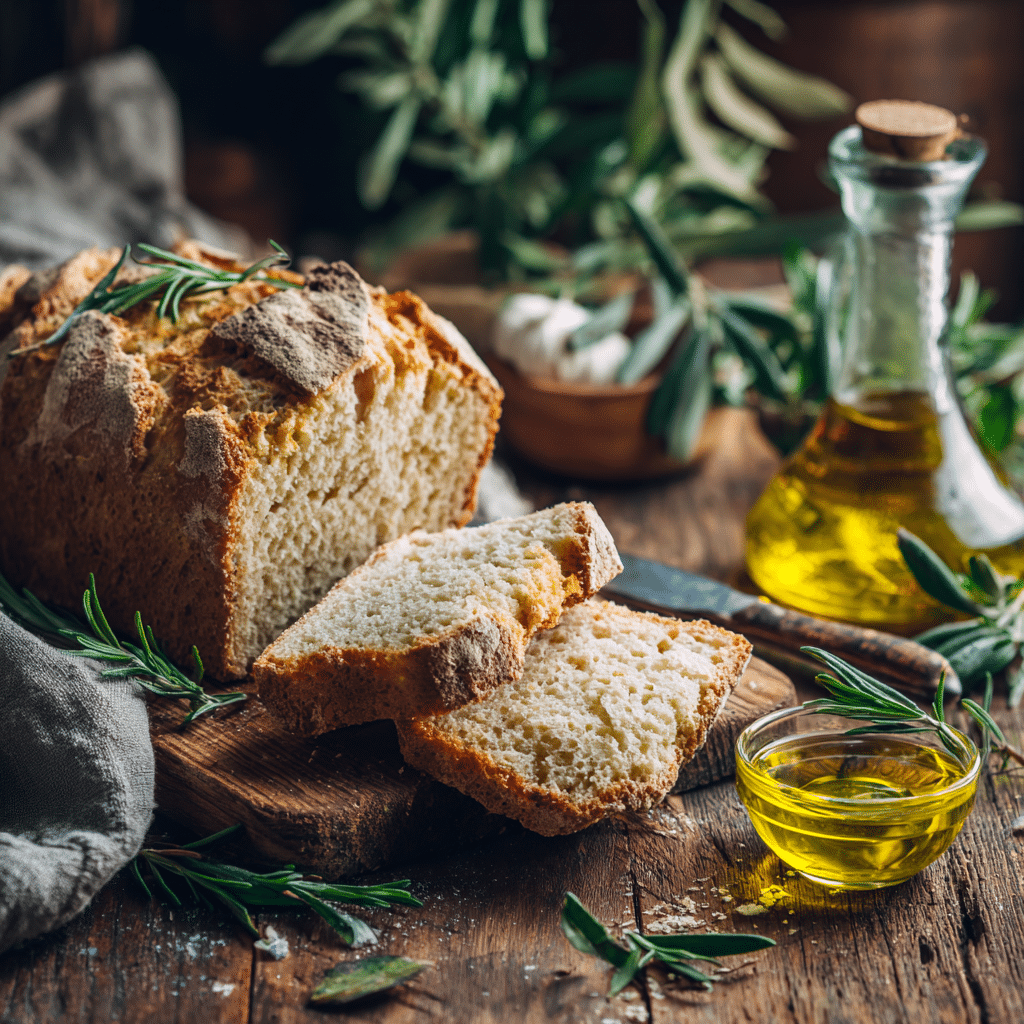Soft Homemade Gluten-Free Bread changed my kitchen forever. As a Tuscan chef turned gluten-free baker, I know the heartbreak of tough, dry loaves that taste nothing like the pane I grew up kneading. After discovering my gluten intolerance, I spent countless hours tweaking flours and mixing methods until I found a way to make soft homemade gluten-free bread that rivals the real thing. In this guide, you’ll learn my foolproof secrets, see exactly what to add for pillowy texture, and bake bread so good you’ll never miss wheat again. Let’s get baking soft gluten-free bread is not a myth!
Table of Contents
Soft Homemade Gluten-Free Bread: How I Finally Made It Soft and Delicious
Soft Homemade Gluten-Free Bread was once my impossible dream. As a Tuscan-born chef, bread was my first love I grew up with warm focaccia pulled fresh from a wood-fired oven. But when I found out I was gluten-intolerant, that love turned into frustration. My first gluten-free loaves were dry, crumbly, and a poor excuse for real bread. Determined not to lose that soft, pillowy bite, I spent years testing and tasting until I cracked the code for truly soft homemade gluten-free bread that stays tender for days.
My Early Mistakes with Gluten-Free Bread
In my early days, I thought any gluten-free flour would do. I didn’t understand how important starches, binders, and fats were for softness. The result? Brick-like bread that nobody wanted for breakfast. I still laugh about my first gluten-free focaccia disaster. My Tuscan pride wouldn’t let me give up I had to find a way to recreate that soft chew that makes bread comforting.
If you’ve ever tried gluten-free baking and felt the same frustration, know this: soft homemade gluten-free bread is possible with the right blend. For example, my Gluten-Free Dairy-Free Banana Bread taught me so much about locking in moisture.
The Ingredients That Make It Work
The secret starts with a balanced flour mix. I combine whole grain gluten-free flours with starches for lightness. Then, I always add psyllium husk or xanthan gum to give the dough that flexible structure gluten usually provides. A little olive oil or melted butter keeps the crumb soft, while honey or maple syrup adds mild sweetness and moisture.
To see how playful gluten-free baking can be, check out my Vegan Cinnamon Rolls Gluten-Free another treat that proves gluten-free and soft can go hand in hand.
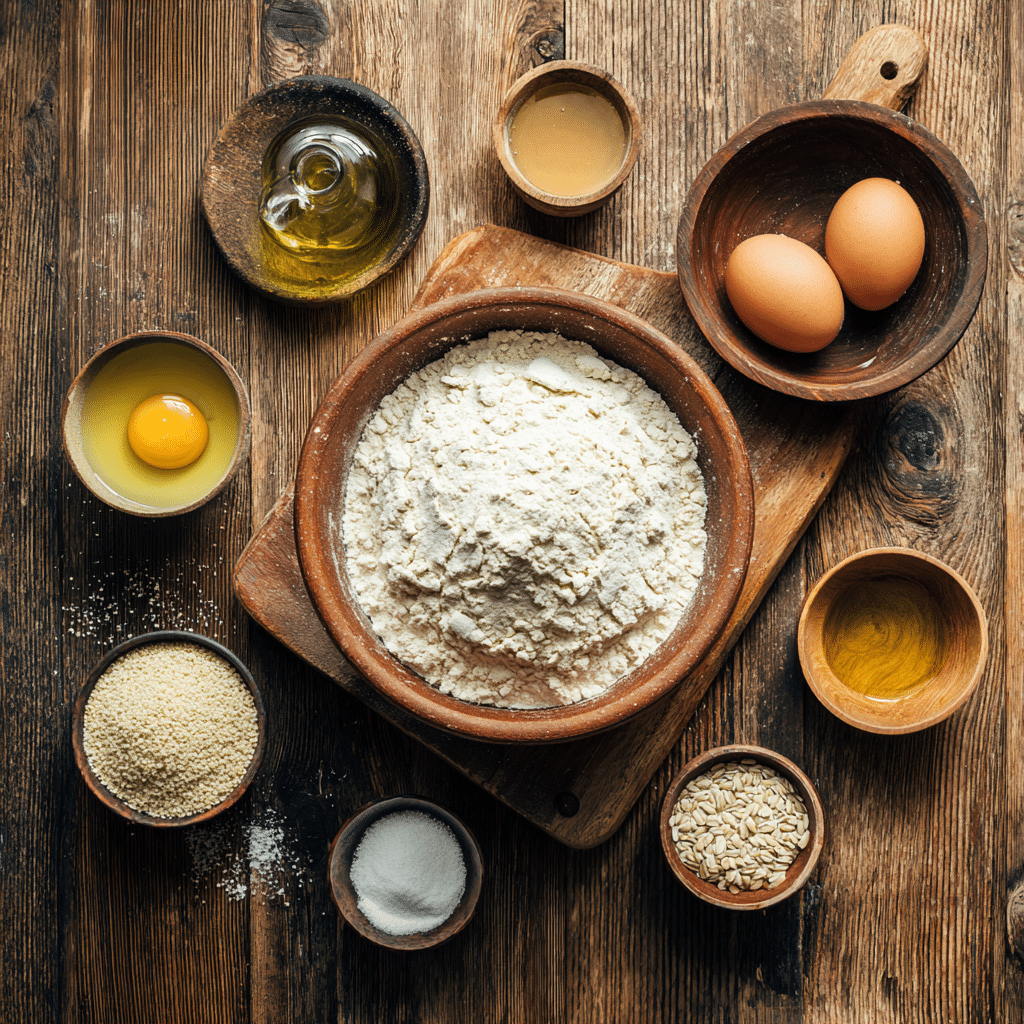
Techniques to Make Soft Homemade Gluten-Free Bread Every Time
Why Mixing Matters for Softness
Getting soft homemade gluten-free bread starts long before the oven. It begins in your mixing bowl. Unlike wheat dough, gluten-free dough is more like a thick batter. Over-mixing is less risky here in fact, you want to mix thoroughly so your binders like psyllium husk or xanthan gum activate fully. I use a stand mixer on medium speed for five minutes until everything looks smooth and slightly elastic.
A good tip? Let the dough rest for 15 minutes before shaping. This helps the starches fully hydrate, creating a softer crumb later. If you’re curious about other gluten-free dough tricks, my Gluten-Free Naan Bread recipe is a great example of how proper mixing makes a big difference.
Proofing and Baking: Keys to a Tender Crumb
Gluten-free dough needs gentle proofing. Too hot, and it dries out; too cold, and it won’t rise enough to trap air. I proof my soft homemade gluten-free bread at around 80°F (27°C) for about 45–60 minutes. You’re looking for a rise that’s obvious but not doubled too much rise can cause collapse.
When baking, steam is your best friend for softness. I add a small pan of water in the oven to keep the crust from drying too fast. Then, I bake at a steady 375°F (190°C) until the crust is golden and the loaf sounds hollow when tapped underneath.
One more trick? Brush the top with melted butter right after baking to lock in moisture a secret I also use for my Gluten-Free Sourdough Cinnamon Rolls. The result is bread that stays soft even the next day.
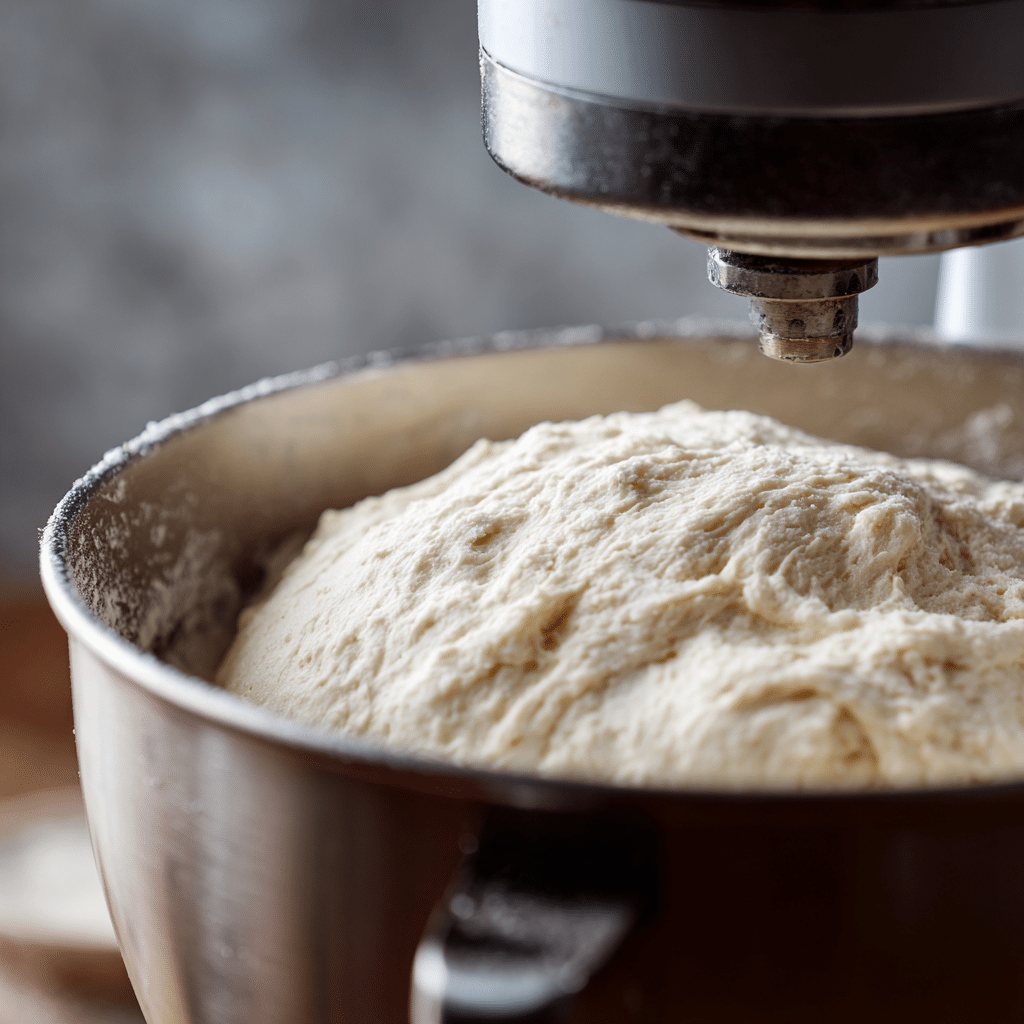
Smart Additions for Softer Homemade Gluten-Free Bread
The Role of Fats and Dairy (or Not!)
When people ask me, “What’s the secret to softer bread?” I always say: fat is your friend. Fats tenderize the crumb and add moisture that lasts. For my soft homemade gluten-free bread, I often add olive oil or melted butter. If you’re dairy-free, don’t worry coconut oil or avocado oil work beautifully, too.
Milk adds richness and helps the crust brown nicely. If you’re avoiding dairy, try unsweetened almond milk or oat milk. The difference is subtle but real the loaf stays soft, even toasted. I learned this firsthand while testing my Pizza Gluten-Free Recipe adding just a splash of olive oil made the dough extra tender.
Sweeteners and Natural Binders
A small amount of honey, maple syrup, or agave syrup helps gluten-free bread stay moist and soft for longer. Don’t worry, it won’t make your loaf taste sweet — it simply feeds the yeast and traps extra moisture inside the crumb.
Another must? Natural binders like psyllium husk powder or flaxseed meal. They give structure and hold air bubbles in place, preventing the dreaded dry, crumbly loaf. You’ll see these same tricks at work in my Gluten-Free Waffle Recipe Fluffy another soft treat that proves the power of tiny tweaks.
If you keep these simple swaps in mind, you’ll never have to settle for tough or dry bread again.
Storing Soft Homemade Gluten-Free Bread for Freshness
How to Keep It Soft for Days
You’ve baked the perfect soft homemade gluten-free bread now let’s keep it that way! First, always let your bread cool completely before storing. Warm bread trapped in a bag creates moisture that can turn into sogginess or mold.
Once cooled, I wrap my loaf tightly in parchment and then store it in an airtight container. This keeps air out and softness in. Never store gluten-free bread in the fridge it dries faster there. Instead, freeze extra slices and toast them when needed. This simple habit keeps each piece soft and delicious.
For another twist on gluten-free baking that freezes beautifully, check my Gluten-Free Pizza Rolls. They stay pillowy inside, even reheated.
Bonus Tip: Transform Leftovers into Sweet Treats
Leftover soft homemade gluten-free bread never goes to waste in my kitchen. One of my favorite tricks is to turn slightly stale slices into French toast or sweet bread pudding. The tender crumb soaks up custard beautifully a trick I learned while testing my Gluten-Free Chocolate Chocolate Chip Cookie Recipe. Trust me, there’s nothing better than giving every crumb a second life!
With these storage tips and simple ideas, your homemade bread will taste bakery-fresh longer and you’ll never settle for dry gluten-free loaves again.
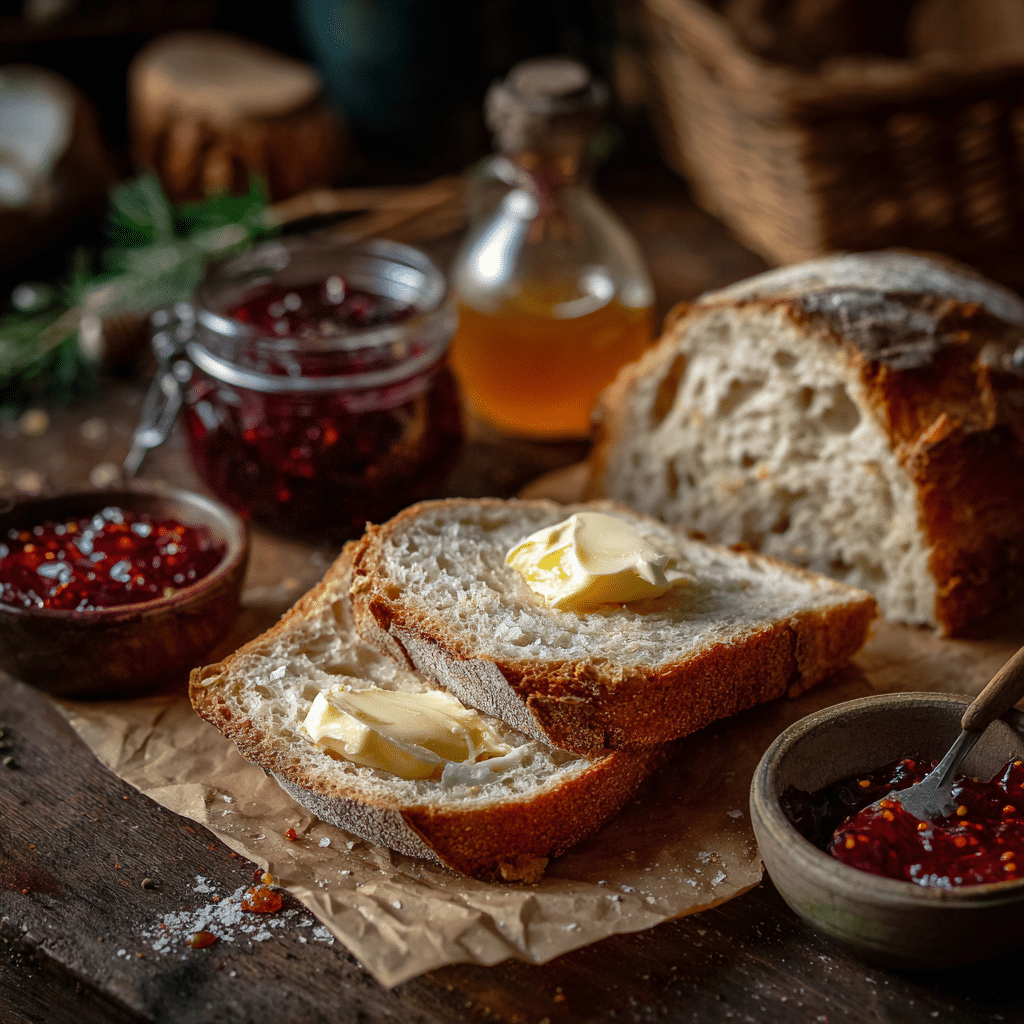
Conclusion
Soft Homemade Gluten-Free Bread doesn’t have to be dry, dense, or disappointing. I know from my Tuscan roots and my gluten-free journey that you can make loaves so tender and flavorful, nobody will miss the wheat. With the right blend of flours, a touch of fat, and careful baking, your kitchen will always smell like fresh, soft bread again.
How to make gluten-free bread softer?
Absolutely! With the right ingredients, mixing method, and baking tricks, soft homemade gluten-free bread is very real.
Does soft gluten-free bread exist?
Absolutely! With the right ingredients, mixing method, and baking tricks, soft homemade gluten-free bread is very real.
What is the secret to softer bread?
The secret is a combo of fat for tenderness, binders for structure, and proper proofing to keep the crumb airy and moist.
What to add to homemade bread to make it soft?
Add olive oil or melted butter, use a bit of honey for moisture, and binders like psyllium husk or xanthan gum.
Does xanthan gum make bread softer?
Yes xanthan gum mimics gluten’s elasticity, helping trap air and moisture for a softer texture.
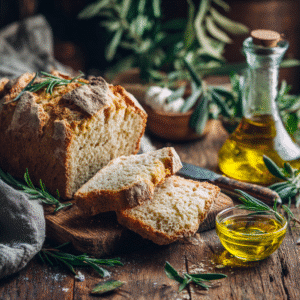
Soft Homemade Gluten-Free Bread
Ingredients
- Whole grain gluten-free flours
- Starches e.g., tapioca, potato starch
- Psyllium husk or xanthan gum
- Olive oil or melted butter
- Honey or maple syrup
- Yeast
- Warm water
- Salt
- Milk or dairy-free milk
Instructions
- Combine the gluten-free flours and starches in a large mixing bowl.
- Add psyllium husk or xanthan gum and mix well.
- Mix in yeast, warm water, olive oil or butter, honey or maple syrup, milk, and salt.
- Use a stand mixer on medium speed for 5 minutes until smooth and elastic.
- Let the dough rest for 15 minutes to hydrate fully.
- Transfer dough to a loaf pan and proof at 80°F (27°C) for 45–60 minutes until risen.
- Place a pan of water in the oven for steam and bake at 375°F (190°C) until golden and loaf sounds hollow underneath.
- Brush top with melted butter right after baking to lock in moisture.

